

Garfagnana Lucca
Forrest and hills, rivers and lakes, picturesque towns and villages full of old but living tradition. All that the Garfagnana will offer us in abundance. A hideaway for the stressed manager. An adventure for those who seek relaxation and want to discover the natural beauty of this part of the province of Lucca.
Here you will find another kind of tourism; not just nature has remained genuine but also the people who live here. Traditions are kept alive, the charm lies more in the simple things of life.
The nature is breathtakingly beautiful, luxuriant and never ending in its variety.

- Also the marble mountains are simply impressive.
- Extensive walking/hiking, mountain biking and horse tracking are probably the most popular activities.
- World famous is the good quality of the porcini mushrooms, which are collected in September and October on the wooded mountain slopes; delicious are also the various ways of preparation.

Chestnut Woods
The menu is very seasonal, with chestnut flour and all its products dominating, but spelt is also often processed.
Meat is often obtained from natural breeding. There are fish from the many rivers and lakes. The rich forests also provide mushrooms and game.
Most famous dishes of the Garfagnana are Castagnaccio, a kind of polenta made from chestnut flour and Minestrone di Farro spelt soup.
The chestnut has shaped the Garfagnini (people of the Garfagnana) . Everything this tree produced was used and processed by the them. People lived from and with the chestnut. Nowhere is there a better overview of the use of this unique plant – whether fruit or tree – than in the Chestnut Museum in Colognora.
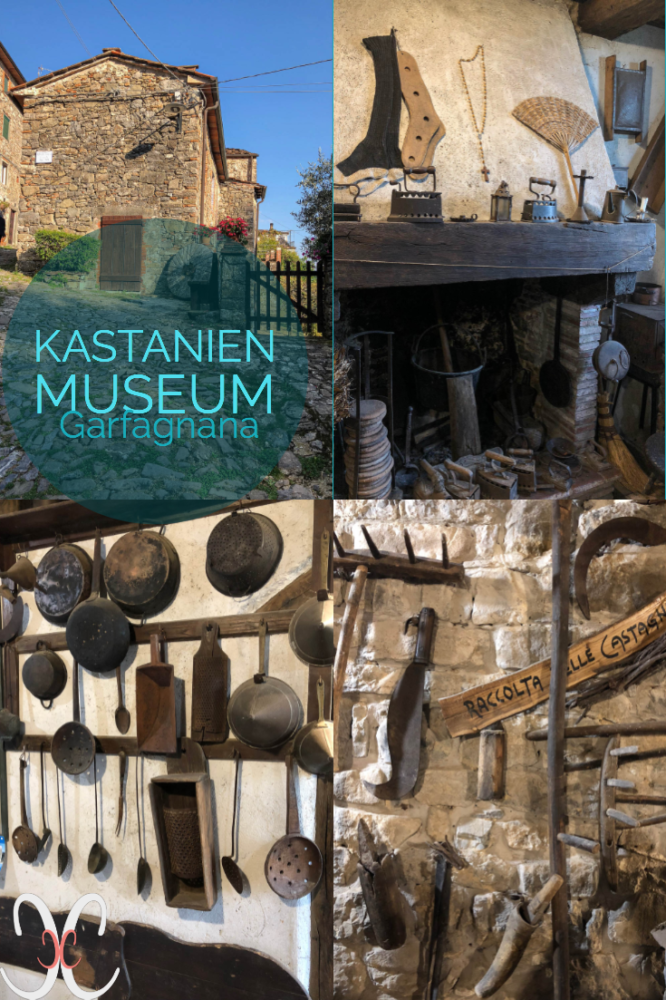
Colognora is located on the right of the Serchio going down to Lucca, high up in the chestnut woods above Ponte A Moriano and Loppeglia.
The museum was founded in 1978 by the two Frati brothers. They collected tools and utensils that were used for the chestnuts. In their house in Colognora they showed it to interested people and founded the museum.
Today the museum does not only show the craft industry with the chestnuts, but also the life of the people in this area with things like tools, cooking utensils, clothes and much more.
If you visit the museum, then the Village of Vetriano with probably the smallest historical theatre in the world is not far away. Just in the next village – Teatrino di Vetriano Lucca .

The Garfagnana could only be discovered slowly

A great part of the Garfagnana is a natural reserve, there is almost no industry of today and life seems to stand still. Who is mentally in a hurry will probably never find his way to this small “paradise”.
In the middle ages, however, the transit routes from Northern Italy to the South came through the Garfagnana and the Serchio valley; as the coast roads were full of malaria they preferred this certainly more tiring but safer way.

For our days this route is somewhat too slow. The geological structure of the area has prevented from building fast roads, traffic flows rather slowly and calmly. Distances are short in our modern terms, but many hills have to be crossed. Rivers curve through valleys and we have to follow their bends.
Barga


Two rivers determine the image of northern Tuscany: the great Arno flowing from east to west originating from the Appenine and the north-south flowing partly wildly romantic Serchio, which in turn springs in the Appuan Alps. Above the Serchio, about 25 km north of the provincial capital Lucca, lies the small town of Barga. About 10.000 inhabitants, with a height of 410 meters above sea level in an already airy altitude with a pleasant climate even in hot summers where the Serchio is particularly spectacular.
It is therefore not surprising that many Lucchese had and have their summer residence in Barga. The Anglo-Saxons are also very fond of this little town. It seems to be one of the many beautiful places in Italy.
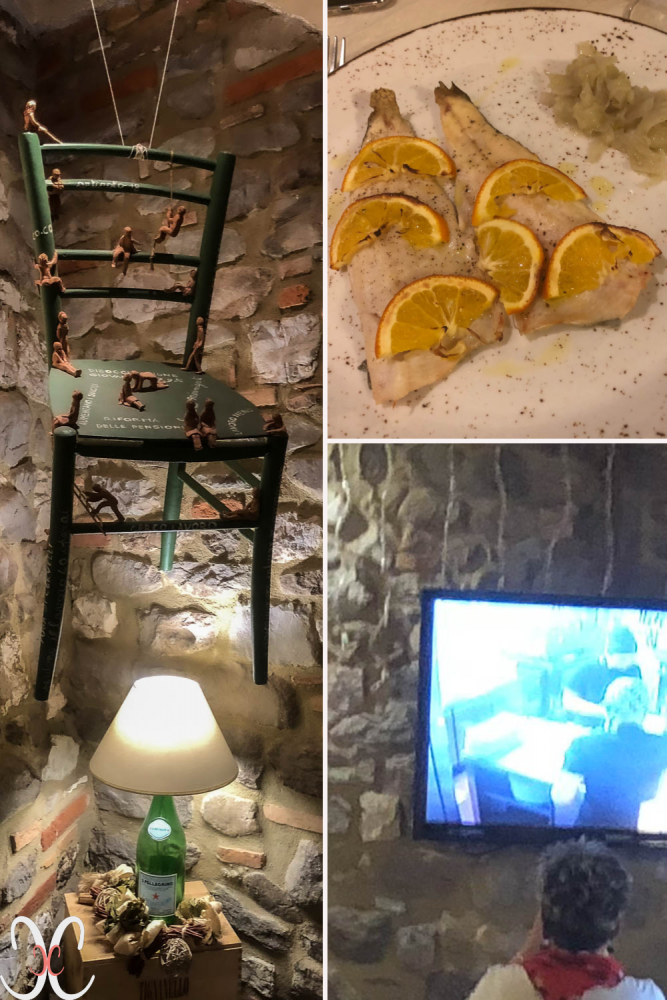

A place where one can stay in a pleasant climate, but where the big sightseeings of Tuscany are still accessible.
It is said that the most beautiful thing of the day in summer Tuscany is the evening return to Barga.
There are also parts of an old water pipe in the immediate vicinity.
We ate well here Ristorante Scacciaguai, Via di Mezzo, 23, Barga.
What to do in Barga

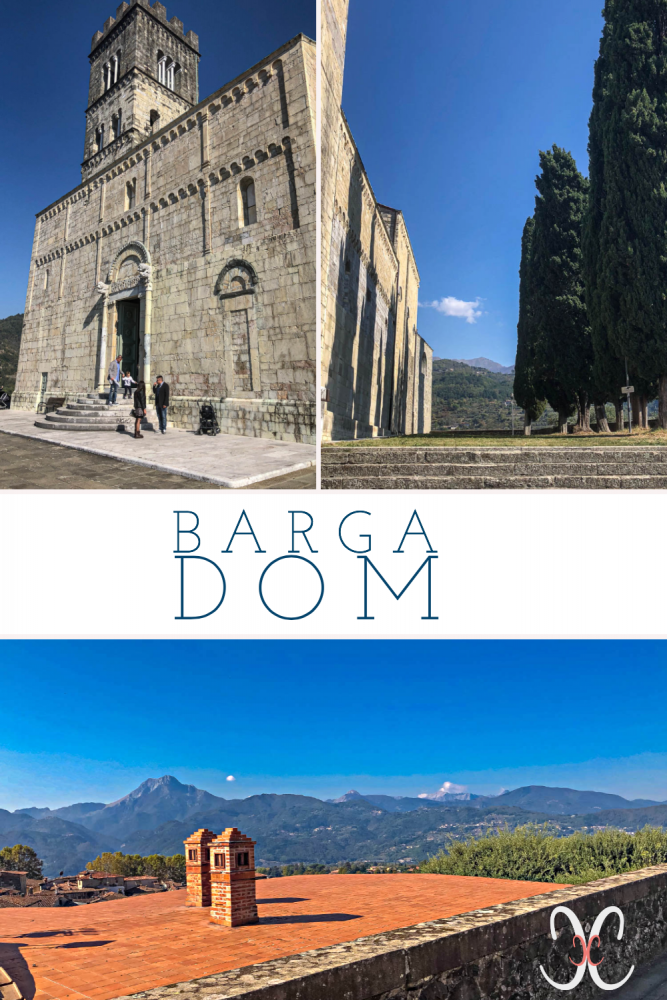
The oldest part of the village is situated on a hill above the valley and is particularly characterized by its beautiful clear Romanesque cathedral. With its tower, the cathedral dominates the entire town. The cathedral plateau offers a magnificent view over the roofs of Barga and the surrounding rock massifs.
A visit to the cathedral is undoubtedly important: you decide whether you want to reach it on easy serpentine roads or directly up the steep stairs.
Inside, the magnificent pulpit, attributed to the famous sculptor Niccolò Pisano, is remarkable and indeed reminds us of many of his great works.
Festivals
The Baroque opera Teatro dei Differenti, which is now known internationally, usually takes place in July, also with selected Baroque works. These include works that are rarely heard on the world’s great stages – take a look here at program.
Wie in vielen anderen Orten der Toskana gibt es auch in Barga zusätzlich ein jährliches Jazz Festival.
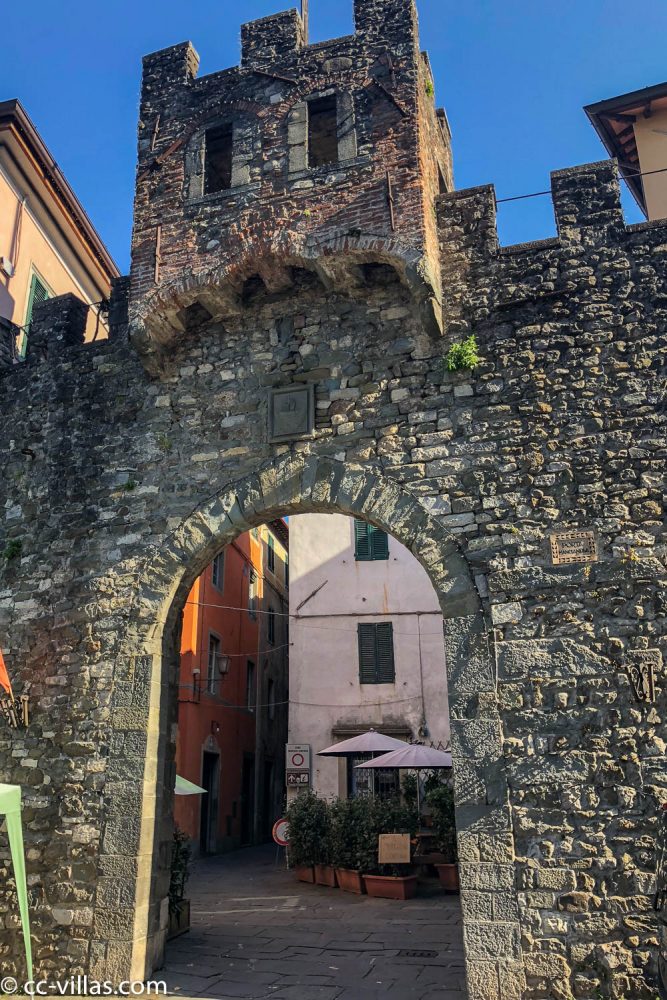
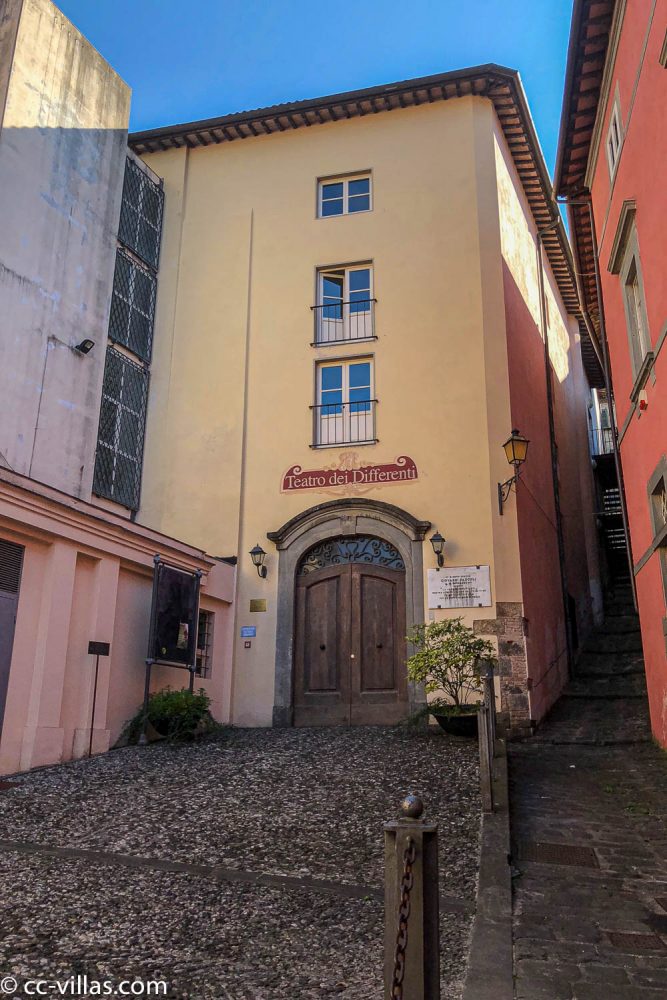
Das Barga „Opera Festival“ wurde im Jahre 1967 auf Initiative des britischen Ehepaares Peter Hunt und Gillian Armitage gegründet, beide kommen aus der Welt des englischen Theaters. Ihr Ziel war es unter anderem jungen Künstlern eine Bühne für ihre Darbietungen zu geben.
- Bagni di Lucca – once it was Europe’s most famous spa. Heinrich Heine also spared here and enthused about the lovely valleys. On the way from Lucca to Bagni di Lucca along the Serchio you will pass the Devil’s Bridge.
- Castelnuovo di Garfagnana is the capital of this part of Lucca’s province.
- Celle dei Puccini, where Giacomo Puccini spent part of his youth, is the birthplace of his grandparents. In summer there are small Puccini festivals in the tranquil place.
- Grotta del Vento is an underground stalactite cave and of course very interesting to visit with children.

devil’s bridge across the river Serchio

